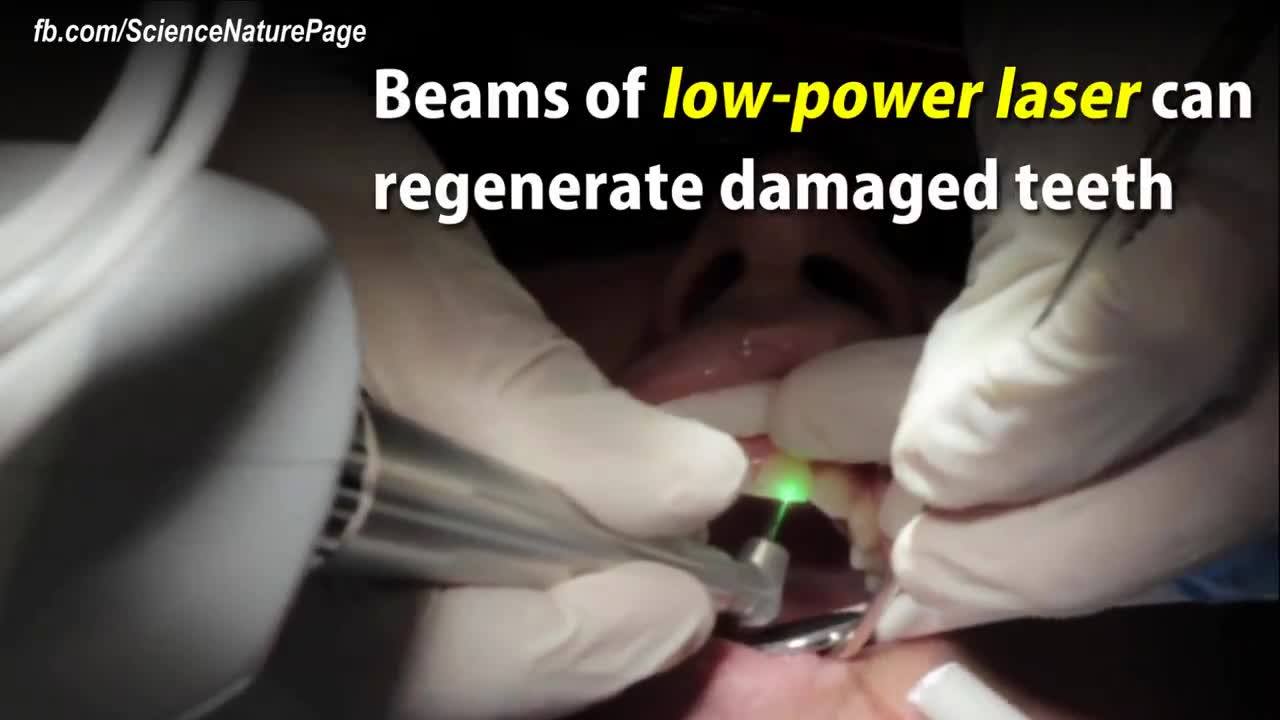Aug 29, 2017
Laser can regenerate damaged teeth
Posted by Shailesh Prasad in category: biotech/medical
(credit: Hashem Al-Ghaili)
More info: https://www.ncbi.nlm.nih.gov/pmc/articles/PMC4113395/

(credit: Hashem Al-Ghaili)
More info: https://www.ncbi.nlm.nih.gov/pmc/articles/PMC4113395/
HIV continues to be a major global public health issue, having claimed more than 35 million lives so far, and the “cured” man is one of just 50 people currently undergoing this experimental therapy, a small percentage of the estimated 36.7 million people currently living with HIV, only 54 percent of whom know their status.
While the results of the treatment out of the UK are promising, those dormant T cells could still be lurking in the patient, so this new treatment can’t yet be considered a “cure.” However, it is another encouraging step forward on the path to one.
“We will continue with medical tests for the next five years and at the moment we are not recommending stopping Art but in the future, depending on the test results we may explore this,” said Fidlar.
Scientists identify 22 genes associated with intelligence.
British neuroscientist (file pic) Adrian Owen made it his mission to find a way to communicate with patients in a so-called persistent vegetative state.
Since 1997, I had been using hospital brain scanners to test patients in vegetative states to see if they were in fact still conscious, though trapped in their bodies.
I was working as a research fellow at the University of Cambridge’s Addenbrooke’s Hospital when I scanned my first ‘vegetative’ patient, Kate, while showing her photos of her family as she lay inside a brain-scanning machine.
Continue reading “British doctor found way to talk to patients in vegetative state” »
Researchers are using stem cells to fabricate tiny patches they hope will be able to restore function to damaged cardiac tissue.
LEATHERMAKING is an ancient craft. The oldest leather artefact found so far is a 5,500-year-old shoe from a cave in Armenia, but paintings in Egyptian tombs show that, 7,000 years ago, leather was being turned into all manner of things, from sandals to buckets to military equipment. It is a fair bet that the use of animal skins for shelter and clothing goes back hundreds of thousands of years at least.
Leathermaking is also, though, a nasty business. In 18th-century London the soaking of putrefying hides in urine and lime, to loosen any remaining flesh and hair, and the subsequent pounding of dog faeces into those skins to soften and preserve them, caused such a stench that the business was outlawed from the City proper and forced downwind and across the river into Bermondsey. In countries such as India and Japan, the trade tainted people as well as places and was (and often still remains) the preserve of social outcasts such as Dalits and Burakumin.
My new Op-Ed for The San Francisco Chronicle: http://www.sfchronicle.com/opinion/openforum/article/Chip-im…003194.php #transhumanism
Wisconsin company Three Square Market recently announced it will become the first U.S. company to offer its employees chip implants that can be scanned at security entrances, carry medical information and even purchase candy in some vending machines. A company in Europe already did this last year.
For many people, it sounds crazy to electively have a piece of technology embedded in their body simply for convenience’s sake. But a growing number of Americans are doing it, including me.
Continue reading “Chip implants make humans more efficient” »
Researchers from Harvard University and the University of Nottingham have developed a new filling that stimulates stem cells in dental pulp to regenerate and even regrow teeth damaged by disease and decay. According to Newsweek Magazine, the discovery earned a prize from the Royal Society of Chemistry after judges described it as a “new paradigm for dental treatments.”
The treatment is believed to potentially eliminate the need for root canals.
Filling materials stimulate stem cells to encourage dentin growth.
